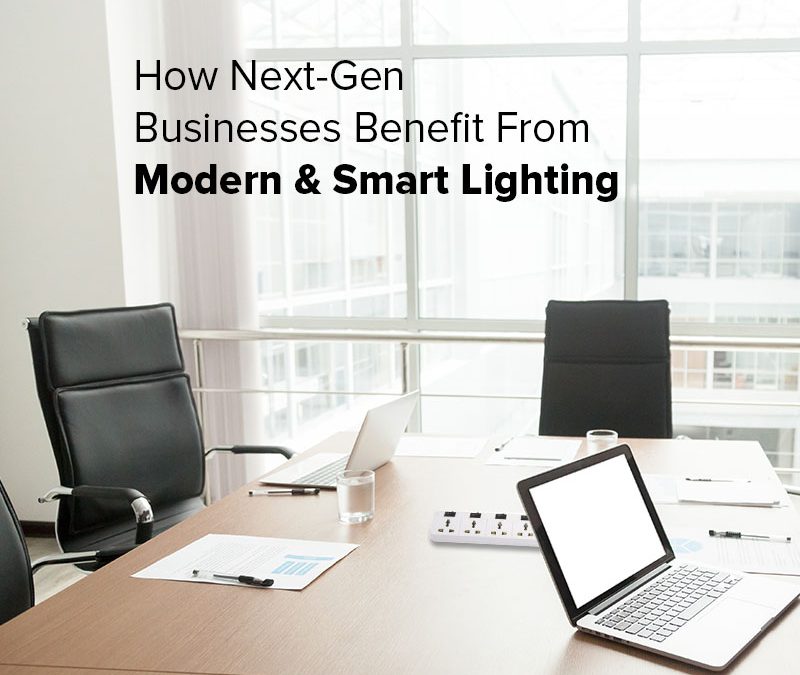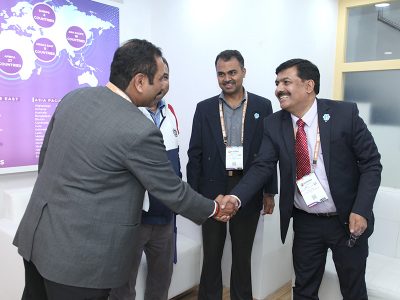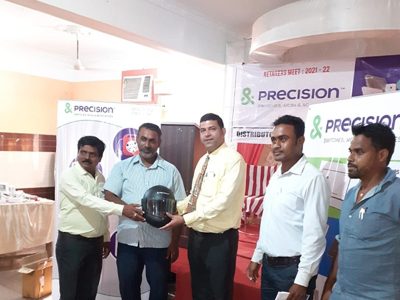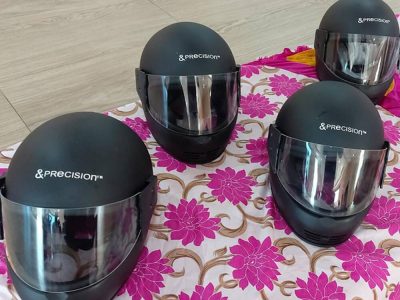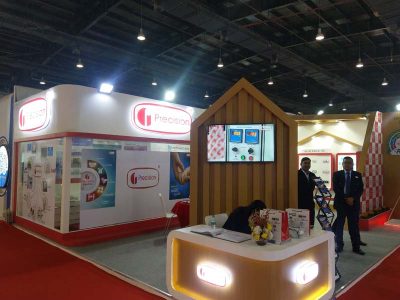
A Guide To Various Electrical Switches, Sockets & Communication Modules
March 22, 2021
How-To-Do: Cleaning & Maintenance For Your Electrical Switch Outlets
April 9, 2021How Next-Gen Businesses Benefit From Modern & Smart Lighting
Businesses are perennially looking for ways to streamline their asset management systems.
They want to reduce costs accrued on their factory and building management, production line, power consumption, water usage, and distribution networks. Everyone knows that leaner operations lead to cumulative gains when given time. And given several green initiatives for the future, businesses will also need to minimize the emission of carbon and the waste of energy and resources.
1. Why LED Lights are the Go-To Option:
Energy-efficient lighting solutions are the next step in building management in residential, commercial, and industrial contexts. And these are now quickly being engulfed within the scope of LED lighting.
In 2015, the government of India began LED light initiatives such as the ‘Unnat Jyoti by Affordable LEDs for All’ and the ‘Street Light National Programme’. These have accelerated the LED light market in India, getting it on par with the world. LED lights offer several advantages:
i. Energy Efficiency & Lifespan: LED lights essentially consume less energy and last longer than traditional incandescent and halogen lighting. They can have as long as a 10-year-long warranty and consume only about 70% of the energy input of incandescent lights.
ii. Color & Clarity: They are full-spectrum lights with a high Color Rendering Index (CRI), which means they reveal the natural colors of objects, making them ideal for task lighting functions in workplaces and industrial plants.
iii. Financial Potential: CFL lights are the closest competitors to LED lights in the market. They are also energy-efficient and, unit-wise, tend to be cheaper than the latter. But LED lights outperform CFL lights in longevity by so much that they also accrue fewer estimated costs over time.
Thus, they are the go-to option in the smart lighting industry.
2. How Smart Lighting Systems Work
i. Wireless connectivity: LED luminaires are “complete” lighting devices, with every part in conjunction: a slim light source, a driver, and a heat-sink to direct the heat away from the driver’s working parts. As such, they are advanced enough to be made controllable and compatible with wireless networks through the Internet of Things (IoT).
ii. Data-friendly interoperability: Through smart design, smart LED lights can send and receive data, allowing for user-friendly statistics and diagnostics. Each bulb or fixture has a hardware address from which it can relay data to a smart controller or monitor, which manages all the connected lights and assigns them specialized operations.
iii. Motion sensor lights: Additionally, installing a motion sensor to an existing light fixture has become a staple of the industry. These are called “occupancy sensors,” which help track human activity within rooms.
How does all of this help end-users?
3. How Smart LED Lights Save Business Overheads
i. Real-time Adjustments: Given the wealth of data available, end users can make adjustments to their energy consumption in real-time. Should there be fewer employees in the office, motion sensor lights can turn off or dim in the empty areas. Should there be an external change in natural light from outside the windows due to clouds or the sun’s angle, the intensity of the light can adjust. This environmental sensitivity cuts down on unnecessary wastage of electricity and can save as much as 30% compared to traditional lighting systems.
ii. Predictive Maintenance: The operational life of each of your smart light fixtures can be extended with predictive maintenance. You can predict when a light fixture will fail through the data relayed beforehand. The statistics for energy efficiency and light intensity might fall on the occasion of a light’s malfunctioning. In this way, you can solve problems in their nascent stage before they become too expensive to solve. Smart lighting systems can also be integrated with HVAC and fire systems in the building, allowing for a seamless understanding of overall building management.
iii. Scheduling: Automated lighting systems have the benefit of the smart controller scheduling when and how many lights should be turned on based on work times. If your office is run on a strict 9 to 5 basis, the lighting can be calibrated to those times and reduce the overall power consumption costs.
iv. Geofencing: Wireless LED lights can also be triggered by geofencing, where lights turn on or off at the behest of an administrator through their smartphone location. Imagine a building manager or front desk administrator turning on the office’s lighting and cooling systems just as they come within a kilometer of the office.
Nowadays, the wireless control solutions offered by smart lighting companies inform business owners and plant managers of operational benefits on a day-to-day basis. They make smarter operators who learn the ins and outs of various concepts such as daylight harvesting, predictive maintenance, and lighting interoperability. Lighting automation and smart light fixtures offer several advantages to the end-user that can only be deemed advantageous to companies. Interoperability between dimmable lights increases the financial potential of the company. Digital lighting systems with smart technology light the way of the future with practices that ensure a reduction of carbon footprint and electricity costs, achieving green objectives, and maximizing company revenues. Smart lighting ties in with smart metering and other forms of building and asset management to compel NextGen businesses to change the future. Should you need the lowdown on how to integrate these systems into your building, electrical companies like Precision Electricals will consult with you in the future.


